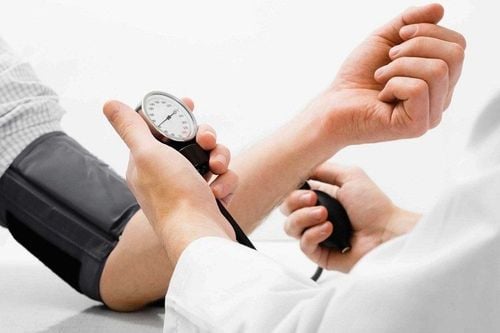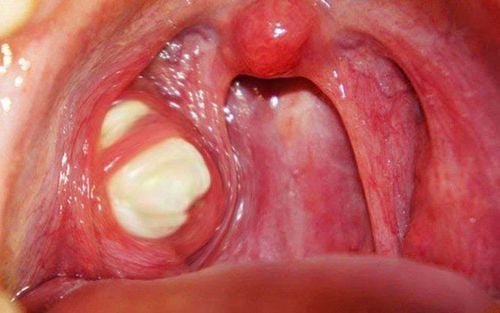This is an automatically translated article.
Articles written by MSc, BS. Tran Thi Diem Trang, Department of Examination & Internal Medicine - Vinmec Central Park International General Hospital
Sleep apnea syndrome can occur at any age, especially middle age. Sleep apnea, if not diagnosed and treated promptly, can lead to serious complications such as heart attack, diabetes, high blood pressure, arrhythmia, and stroke.
1. You slept but you didn't really rest! Can you believe it ?
Sleep apnea syndrome is a respiratory disease that causes many serious consequences. Every year your heart and brain have been subjected to a lot of stress. Disturbed sleep, poor sleep quality is one of the consequences of this pathology.
2. What is sleep apnea syndrome?
During sleep, patients with sleep apnea suffer from a narrowing of the larynx because the muscles of the pharynx also "rest". This condition makes it difficult for air to flow through the oropharynx and the patient will snore to combat the condition. If the pharynx is completely closed, the patient will stop breathing for a period of time, a phenomenon called obstructive sleep apnea.
This condition can last about 10 seconds or more and repeats several times during the night. The patient has absolutely no memory of this condition, although there are episodes of awakening after each apnea.
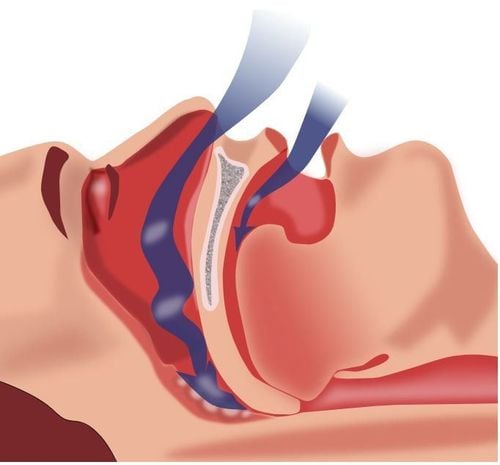
3. Who is at high risk for sleep apnea?
Sleep apnea can occur at any age, but is most common in middle age, increasing with age, more men than women. People at high risk of sleep apnea if they have: obesity (the risk of sleep apnea is 3 times higher than the general population); abnormalities in the structure of the upper respiratory tract (enlarged tonsils, small jaw, posterior jaw, too big tongue, blocked nose...); alcoholism, use of tranquilizers, narcotics; someone in the family has sleep apnea; are suffering from diseases such as diabetes, hypertension, hypothyroidism, heart failure, cerebrovascular disease...
4. Sleep apnea syndrome is very dangerous for health
Sleep apnea, if not diagnosed and treated promptly, can lead to serious complications such as: myocardial infarction, diabetes, hypertension, arrhythmia, stroke... Sleep apnea can lead to a reduction in quality of life: excessive sleepiness, increased risk of traffic accidents, mood swings or depression, decreased sex drive. Early recognition of the disease and treatment reduces the risk of serious complications.
5. How to treat sleep apnea syndrome?
There are many methods of treatment. Besides these treatments, some behavioral changes will also help with sleep apnea:Sleeping on your side: You should sleep on your side instead of on your back. Sleeping on your back is a particularly bad position for people with sleep apnea because that position makes snoring and sleep apnea worse, because lying on your back causes the jaw to close, the tongue to close and block. standing airways; Weight loss; Do not drink alcohol; Avoid using sleeping pills, tranquilizers, antiepileptic drugs... at night; Avoid drinking stimulants (coffee) at night.
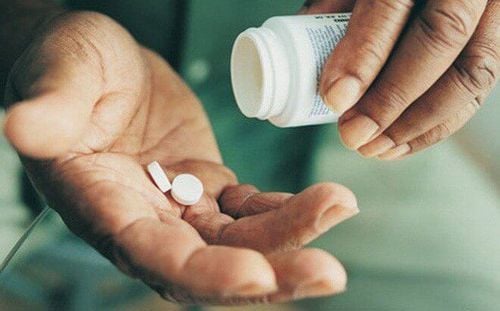
Choosing the right method for the patient will depend on the severity of the disease, the abnormalities of the upper respiratory tract, the comorbidities... The doctor will discuss with the patient and tell the method. which method is best: use continuous positive airway pressure (CPAP); using a mouthpiece while sleeping; surgery...
5.1 CPAP Positive Pressure Ventilator The CPAP ventilator generates a continuous flow of positive pressure air into the airways. Air pressure helps support muscles in the pharynx, preventing the muscle from collapsing. Therefore, the airway is always kept open. Obstructive sleep apnea symptoms only occur during sleep, so use the device only at bedtime. Using the machine during sleep time and regularly every night will give the best results. According to the recommendations of the American Association of Sleep Medicine (AASM), to achieve good treatment results, each night should be used for at least 4 hours and at least 70% of the days of use per month. The effect of CPAP ventilator treatment will be obvious after a few days of use. However, the treatment is long-term and continuous, so users need to persevere in compliance. 5.2 Dental devices: jaw lifters Using an intraoral device is an effective treatment in cases where the patient has a small and protruding lower jaw. The method of choice for treatment in patients with mild and moderate disease. Effect: hold the lower jaw and tongue forward, keeping the palate up will prevent the closure of the airway. Your dentist will measure your mouth and create the right device for you
5.3 Otolaryngology Surgery Surgery can sometimes be an effective way to treat sleep apnea – especially if your apnea is caused by the structure of your airways.
Surgical methods:
Nose surgery: reconstruction of the nasal septum, sinus surgery; Tonsillectomy: when there is enlarged tonsils; Surgical correction of the uvula, palate, pharynx, tongue; Surgery to protrude in front of the mandible and chin-lingual muscles; Hanging hyoid surgery.
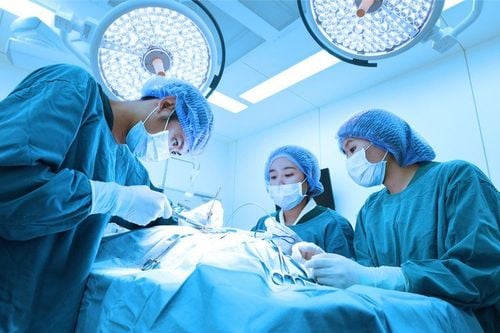
6. How do I know if I have sleep apnea?
Sleep apnea syndrome is often detected by co-sleepers: Snoring and having episodes of sleep apnea. There are also other symptoms listed below that should also be considered:
Excessive daytime sleepiness; Headache in the morning; Mood swings, irritability or depression; Tired; Memory loss. Currently, Vinmec International General Hospital has a screening package for sleep apnea syndrome to help patients be diagnosed and treated early. This examination package will perform clinical examinations and respiratory investigations during sleep to detect signs of apnea, hypopnea, and hypoxemia in sleep of subjects at risk to diagnose sleep apnea syndrome. Sleep breathing and offer treatment.
Please dial HOTLINE for more information or register for an appointment HERE. Download MyVinmec app to make appointments faster and to manage your bookings easily.





